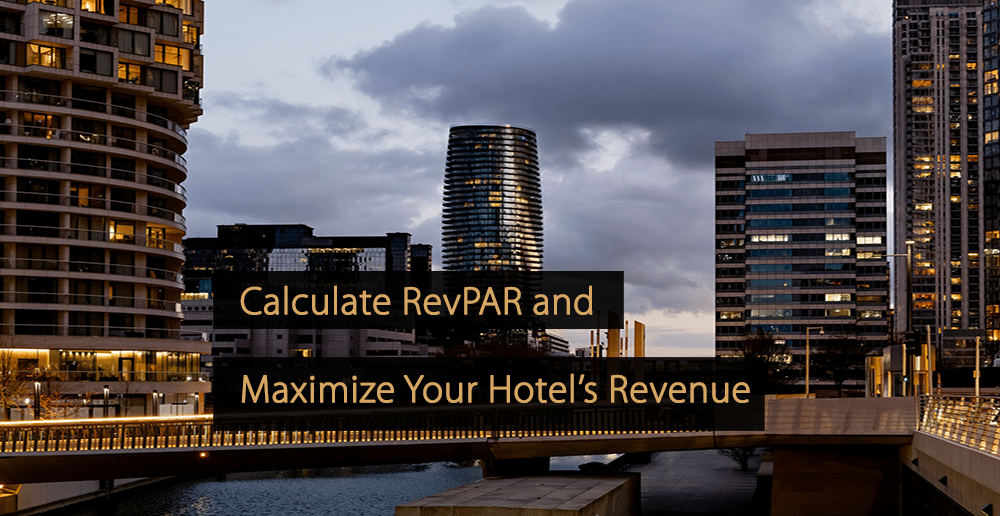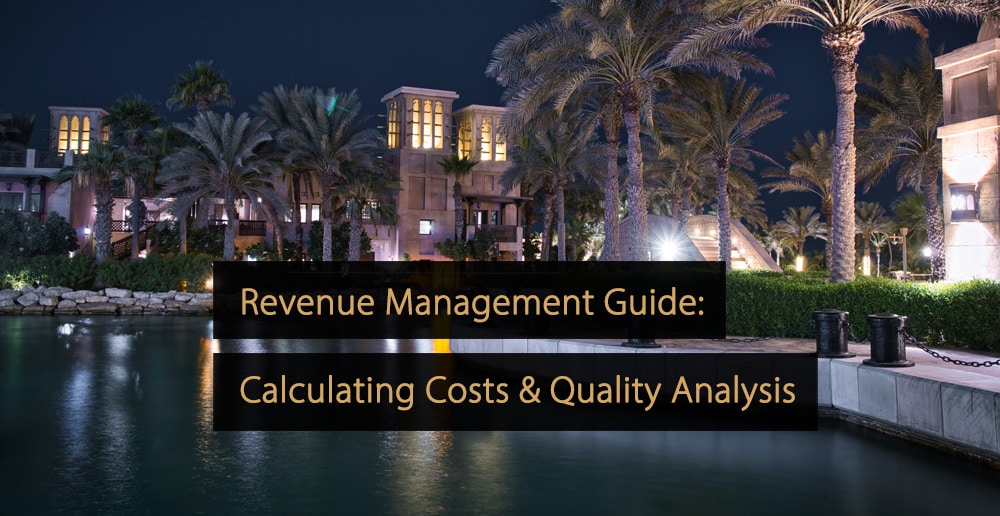The average revenue per account, or ARPA, is a KPI used in the hotel industry for revenue management. The metric tells hotel owners the amount of revenue generated, on average, per customer account. As a result, it is a good indicator of business performance. The metric is sometimes known as average revenue per user.
What does ARPA stand for?
ARPA, or annual revenue per account, details the average revenue a hotel generates from each of its customers’ accounts over a specified period. It is, therefore, extremely valuable for those in the hotel industry, because it can demonstrate business growth at a per-unit level.
How Do You Calculate ARPA?
In order to calculate ARPA, a time period must be decided. It is usually done on a monthly or yearly basis. Looking back at recent past months can help to establish the average revenue per existing account, while measuring upcoming months and comparing it to past performance can help to show average revenue per new account.
The basic formula for calculating average revenue per account is as follows:
ARPA = (Monthly) Recurring Revenue / Total Number of Accounts
Uses and Limitations
The main use of ARPA is for revenue management purposes, because it shows how much revenue a hotel takes from each account on average. This can help show business growth, or when performance declines, which may indicate that prices need to be adjusted or that more customers need to be attracted.
One potential limitation of the KPI is that it measures revenue on a per-account basis, rather than per-user. Although the metric is sometimes referred to as average revenue per user, this is not an accurate description of what the metric shows, because some users may have more than one account.
More Revenue Management KPIs
KPI stands for Key Performance Indicator. With KPI, you can measure and identify areas of success and failure, as well as trends related to demand and customer behavior. Besides ARPA, other important Revenue Management KPIs are Occupancy rate, RevPAR, RevPOR, ADR, TRevPAR, NRevPAR, EBITDA, and GOPPAR.
More Tips to Grow Your Business
Revfine.com is the leading knowledge platform for the hospitality and travel industry. Professionals use our insights, strategies, and actionable tips to get inspired, optimize revenue, innovate processes, and improve customer experience.Explore expert advice on management, marketing, revenue management, operations, software, and technology in our dedicated Hotel, Hospitality, and Travel & Tourism categories.
This article is written by:
Hi, I am Martijn Barten, founder of Revfine.com. With 20 years of experience in the hospitality industry, I specialize in optimizing revenue by combining revenue management with marketing strategies. I have successfully developed, implemented, and managed revenue management and marketing strategies for individual properties and multi-property portfolios.









Leave A Comment